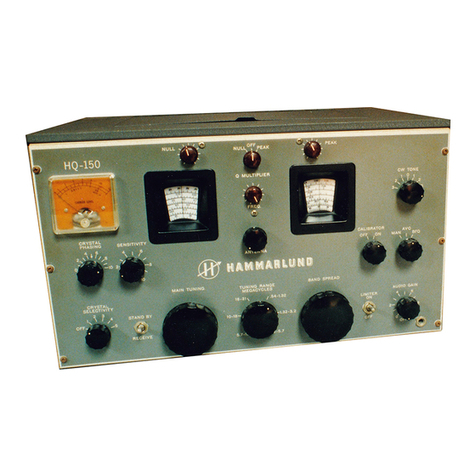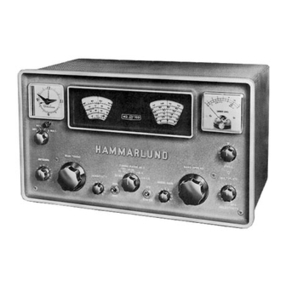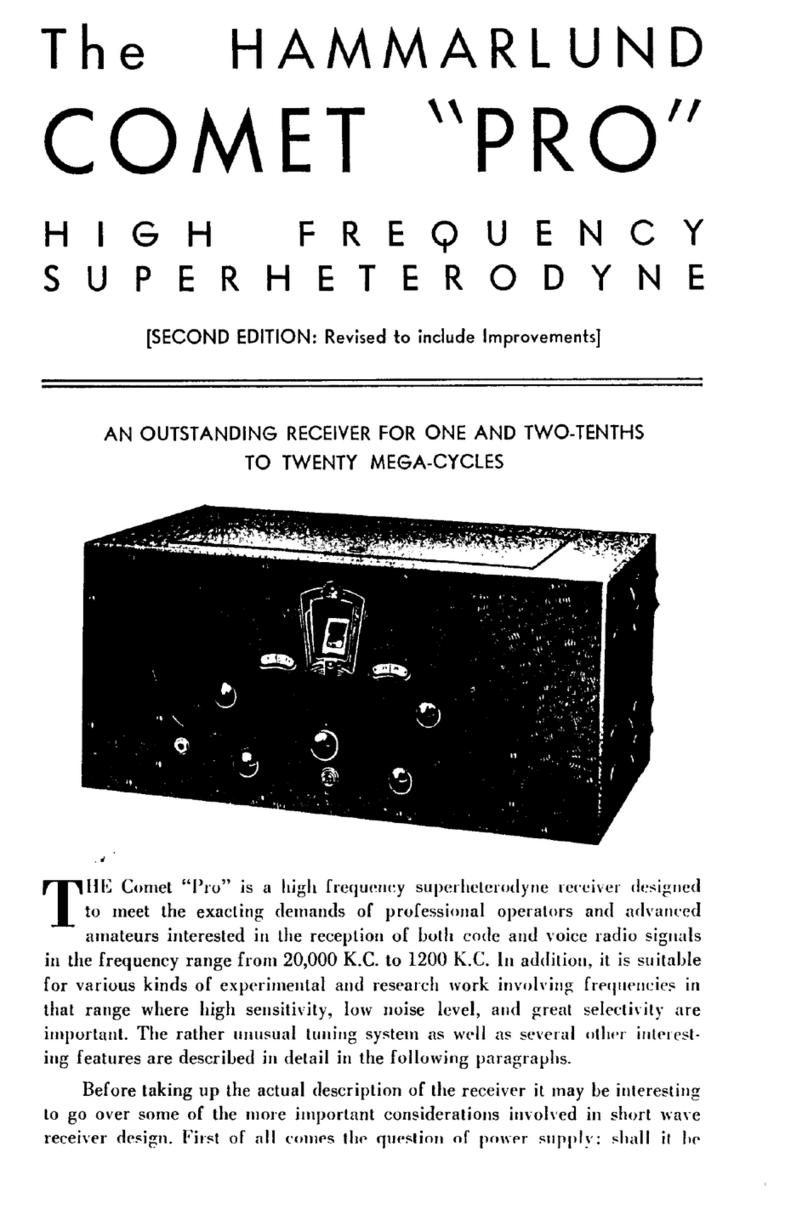Hammarlund SP-600-JX-21 Operating instructions
Other Hammarlund Receiver manuals

Hammarlund
Hammarlund SP-600-JX-17 Troubleshooting guide
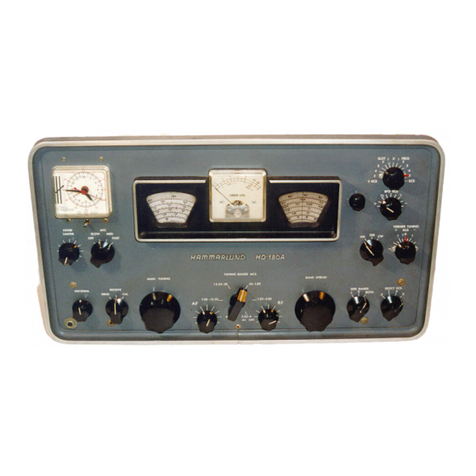
Hammarlund
Hammarlund HQ-180A Series Parts list manual

Hammarlund
Hammarlund HQ-140-X Manual
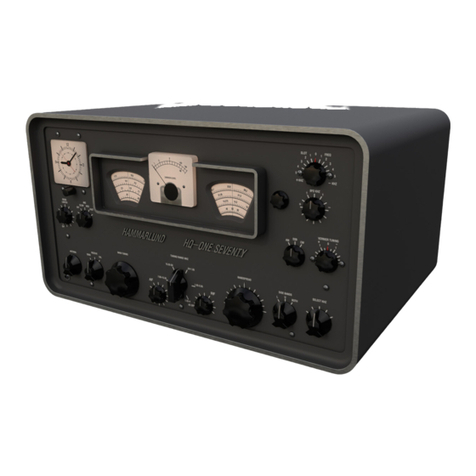
Hammarlund
Hammarlund HQ-170A Troubleshooting guide

Hammarlund
Hammarlund HQ-215 User manual
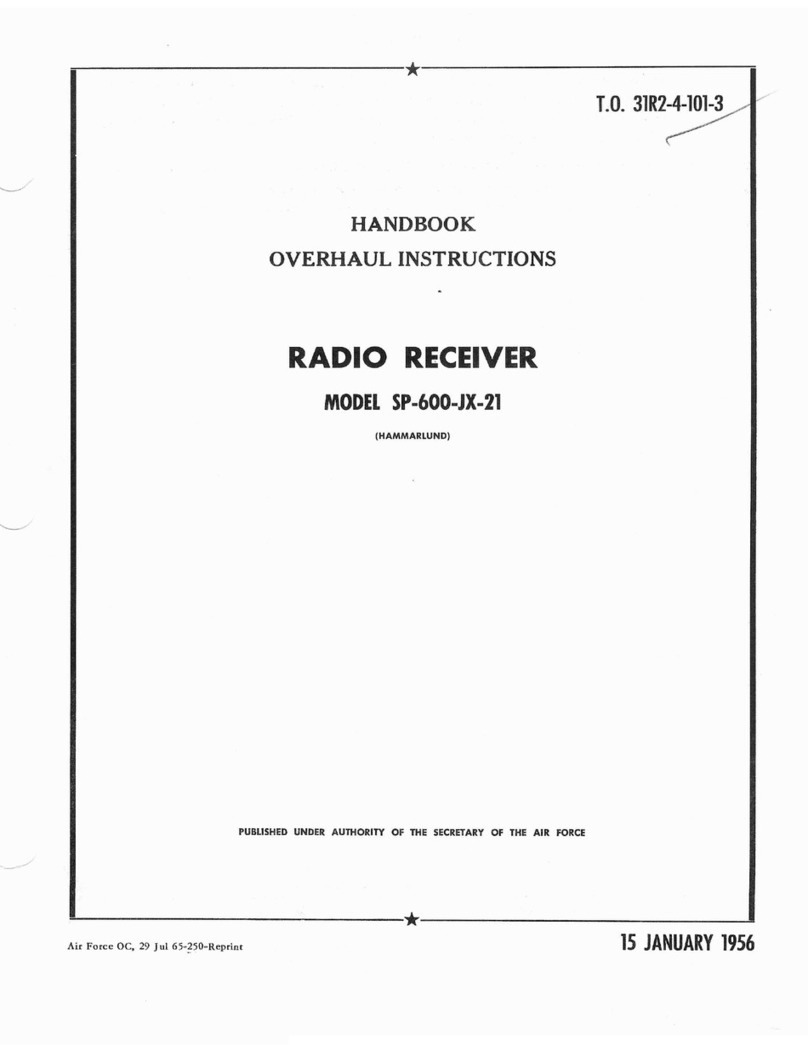
Hammarlund
Hammarlund SP-600-JX-21 User manual

Hammarlund
Hammarlund SP-600-JX-21 User manual
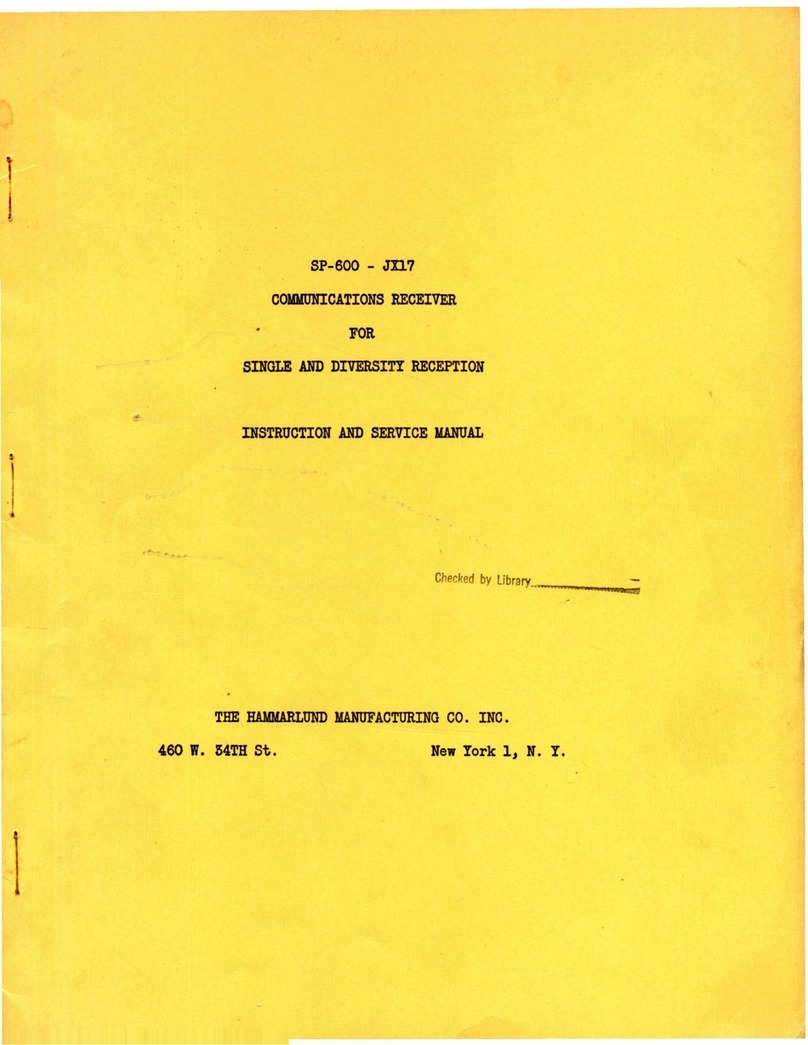
Hammarlund
Hammarlund SP-600-JX-17 Troubleshooting guide
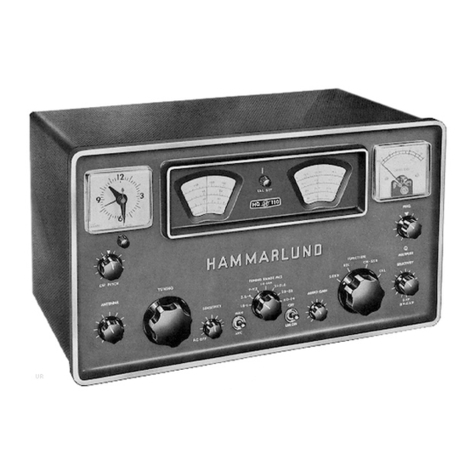
Hammarlund
Hammarlund HQ-110 User manual
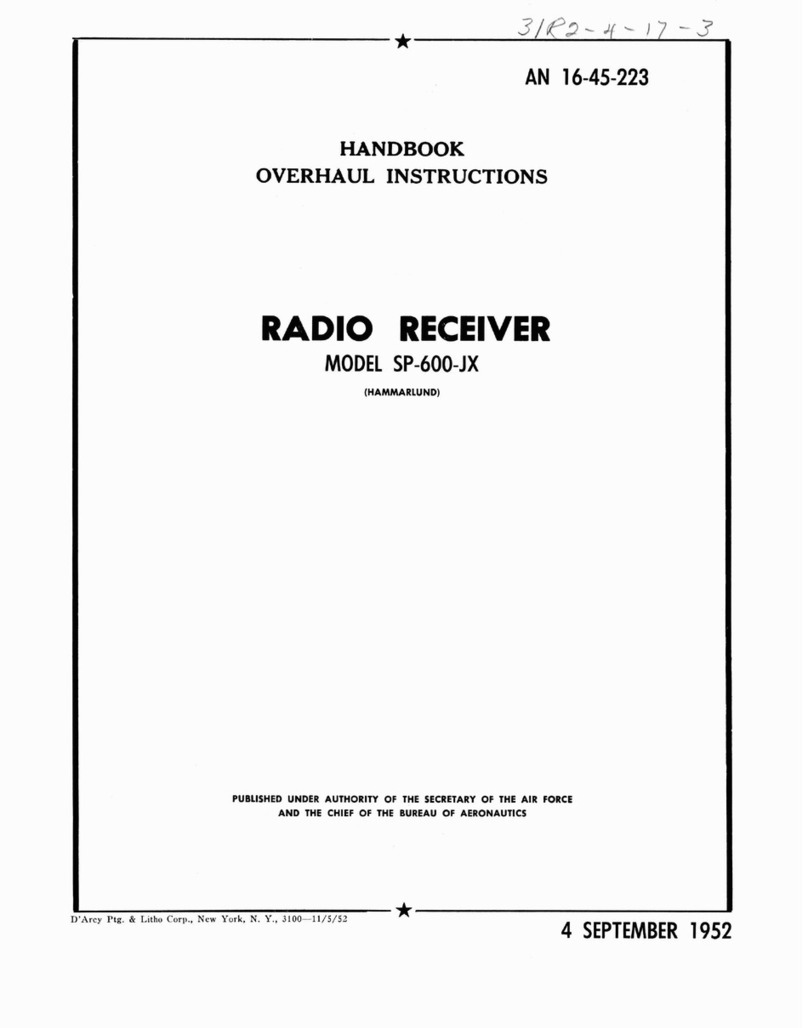
Hammarlund
Hammarlund SP-600-JX User manual
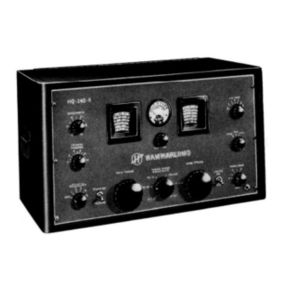
Hammarlund
Hammarlund HQ-140-X User manual
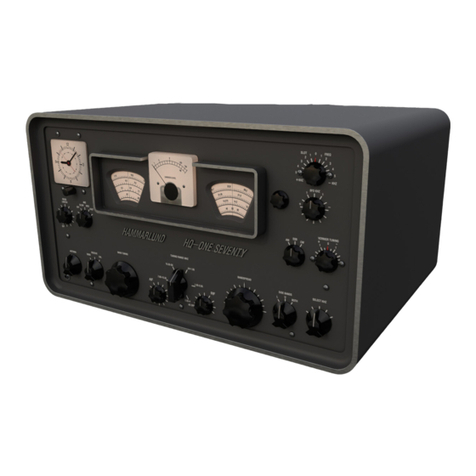
Hammarlund
Hammarlund HQ-170 Operating and installation instructions

Hammarlund
Hammarlund SP-600-JX User manual

Hammarlund
Hammarlund SP-600-JI-17 User manual

Hammarlund
Hammarlund SP-600-J User manual
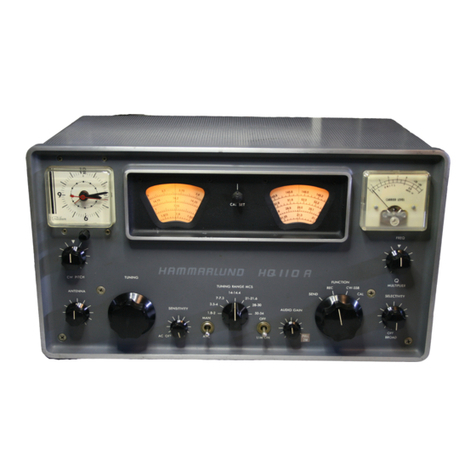
Hammarlund
Hammarlund HQ-110A Operating and installation instructions

Hammarlund
Hammarlund RDF-10 User manual
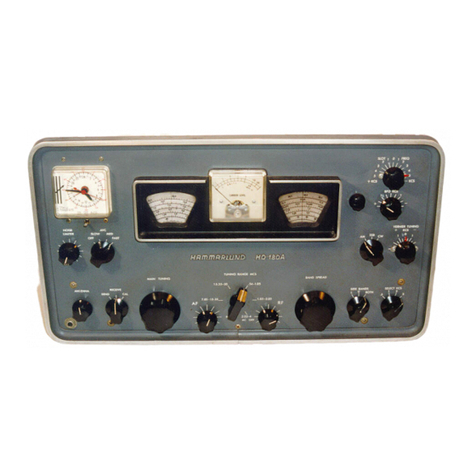
Hammarlund
Hammarlund HQ-180 Series Manual

Hammarlund
Hammarlund HQ-110A/VHF User manual
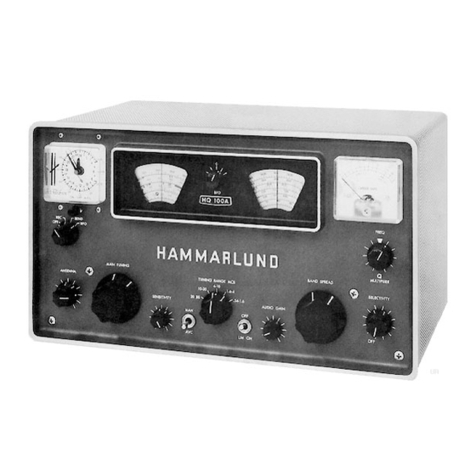
Hammarlund
Hammarlund HQ-100A Series User manual

